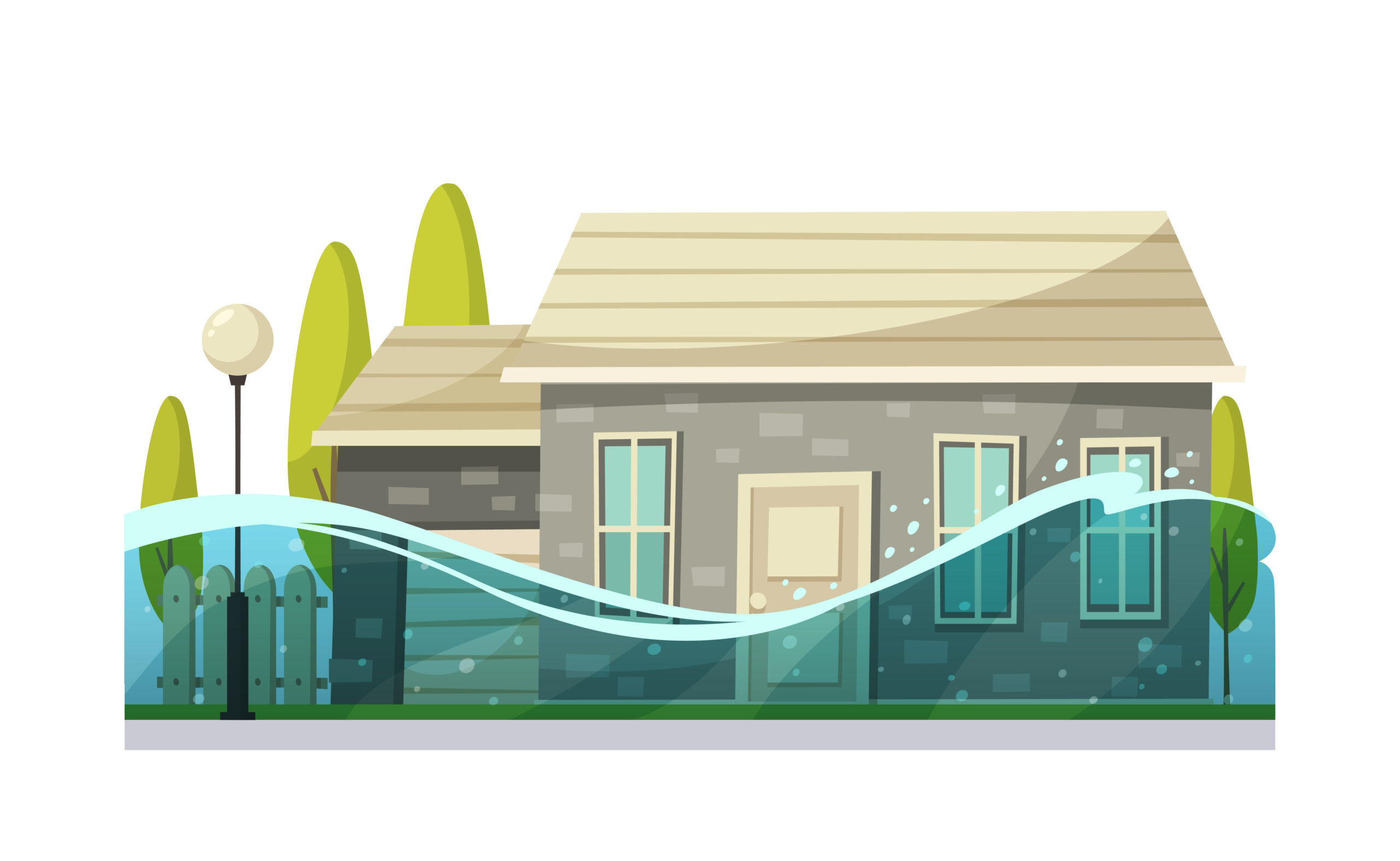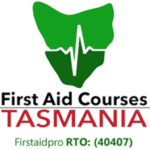Eliminating workplace hazards is the key to operational excellence and managing health and safety in any organisation, regardless of size.
While the business is responsible for ensuring workers’ safety, everyone must remain vigilant about keeping the workplace safe.
Creating awareness of potential hazards and taking first aid actions will mean far less risk and a sense of well-being in the workplace.
Why Is Workplace Safety So Important?
Work-related injuries, illnesses, and deaths contribute to healthcare costs and the loss of productivity in many Australian workplaces.
An estimate of over 563,600 workers succumbed to injuries or illnesses in 2017-18. For this reason, a safe and hazard-free work environment pays in more ways than one.
Eliminating workplace hazards is one of the key factors for all industries to promote the wellness of everyone. Every company’s sole duty and moral responsibility is to look after the safety of workers and other people coming in and out of the workplace.
Without precautions and quick interventions, workplace hazards can result in loss of life, pain and suffering, loss of income, stress on colleague relationships, loss of jobs, and health care costs beyond what the insurance will cover.
Workplace hazards can sometimes lead to lower self-esteem, mental health problems, damaged relationships, and other medical problems.
5 Steps To Control Workplace Hazards
Here are five ways to eliminate workplace hazards in different contexts to give you a better idea of what works.
1. Identify Workplace Hazards
Conduct regular inspections to identify workplace hazards. Walk through the work site and assess the equipment used and the work practices. Keep an eye out for potential dangers that could be harmful to workers.
Work this step by involving managers and workers. Doing so will allow them to express their concerns and first-hand observation, which may not be obvious when conducting workplace inspections.
Additionally, involving everyone in identifying workplace hazards increases workers’ morale, urging them to comply with safety practices.
2. Conduct Risks Assessments
After the inspection, generate a list of possible hazards that can occur in the workplace.
Some common hazards that result in injuries are cluttered pathways and corridors, unorganised power cables, loose floor tile, frayed carpets, burned-out lighting, unstable handrails, and improper ventilation.
3. Use Of Personal Protective Equipment (PPE)
Provide suitable and properly maintained PPEs to workers to limit exposure to harmful effects of a hazard. These include gloves, earplugs, face masks, hard hats, gloves, aprons, and protective eyewear.
Take note that PPEs work at their best when used and worn correctly.
4. Substitute The Hazard With Something Safer
Minimise the risk by eliminating the hazards and associated risks by replacing them with something safer.
Substitution is the term used in replacing a certain process or item that causes workplace hazards—for example, substituting a solvent-based degreaser with a citrus-based one to reduce air emissions. Doing these changes will be less harmful to the employees and the environment.
When considering substitution methods and products, doing a thorough review and assessment is necessary to ensure that replacement will not create new hazards.
5. Get Training
Creating a safe workplace usually starts with group first aid safety training. Provide formal training to your workers regarding lifesaving procedures such as First Aid, CPR, Basic Life Support, and more.
Workers will benefit from first aid training as it generally makes them safer. Additionally, a safe environment without the risk of workplace hazards is an attractive benefit for them.
First aid training can teach workers how to use first aid kits properly and the next steps during an emergency. These skills are important for providing care to others, but for employees who work alone or in a remote area, these could help buy time until help can emergency services arrive.
Conclusion
The cost of preventing injuries is far less than what you will spend on treatment and recovery after an accident or illness.
Remember that a safe and healthy workplace attracts and retains quality workers. Everyone – workers, managers, and the business – thrives in a safe, healthy, respectful, and caring environment.
Taking the necessary first aid steps will make a difference and help create a healthy and safe workplace that will benefit everyone.
Learn more about group first aid training by calling 08 8382 4677 or email us at courses@firstaidpro.com.au








